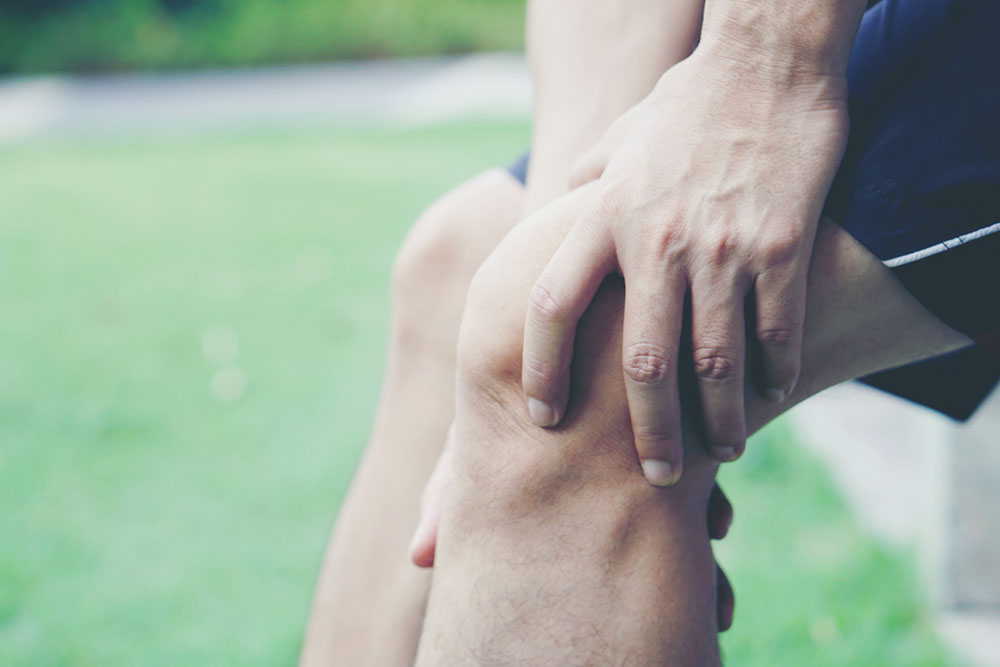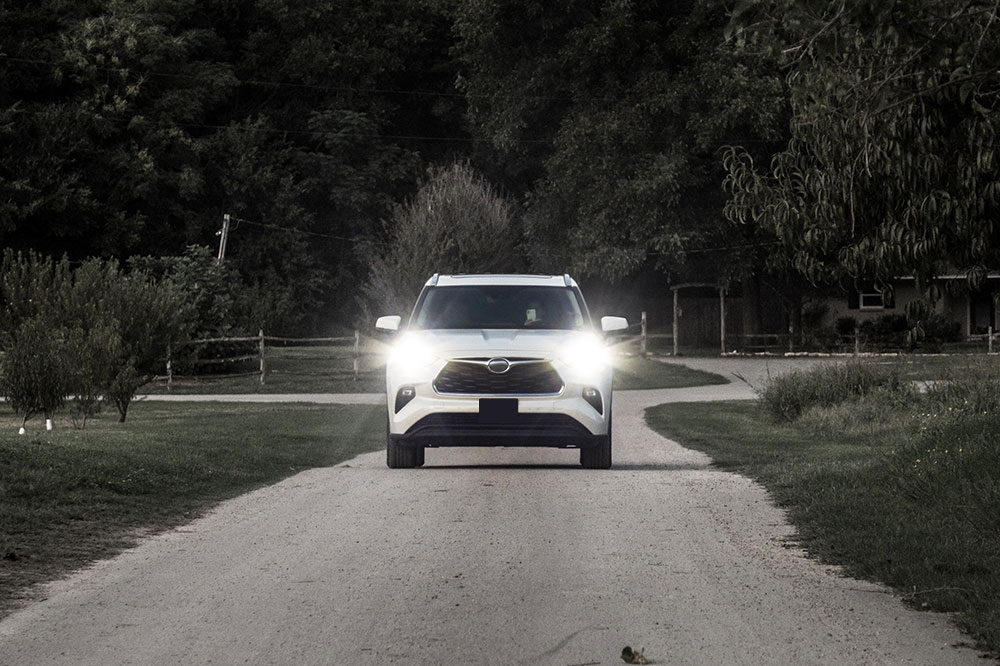10 early signs and symptoms of muscular dystrophy

Muscular dystrophy is a term used for a group of genetic disorders that affect an individual’s muscles, resulting in progressive muscle weakness and degeneration. The condition is usually caused when the body is unable to produce muscle-building proteins because of certain abnormal mutated genes. Muscular dystrophy can emerge at any age, and recognizing its early signs and symptoms is pivotal for timely intervention and management. Here are the telltale early signs of the condition that should prompt one to seek expert help immediately.
Delayed motor milestones
In infants and young children, a delay in achieving motor milestones can raise concerns about muscular dystrophy. These milestones include sitting up, crawling, and walking. Children with muscular dystrophy may take longer to reach these developmental stages or exhibit unusual movement patterns when they achieve them.
Muscle cramps and pain
Apart from abnormal shortening of muscles and range of motion, muscle cramps and pain can also be early signs of muscular dystrophy. Individuals with this condition may be unable to move their joints freely and often experience persistent muscle cramps, which can be uncomfortable or even painful. One may experience these symptoms during physical activity or at rest.
Muscle weakness
This is one of the primary signs that affects the way an individual performs routine tasks requiring muscle strength, including lifting objects, climbing stairs, or getting up from a seated position. Initially, this weakness may be subtle and easily overlooked, but it tends to worsen over time.
Progressive muscle loss
If one notices one’s muscular mass shrinking with time, it can be a sign of muscular dystrophy. This change is more obvious around limbs, shoulders, and hips.
Frequent falls
Muscular dystrophy can bring balance issues in individuals due to weakened leg muscles. As a result, one may have a swaggering walk, issues with running, walking, or lying down, and seem unable to walk on toes. In children, parents may notice their child frequently falling, unable to jump or walk normally, or having difficulty keeping up with peers during physical activities. One is advised to observe any unusual changes in one’s walking pattern without any reason, which can serve as a valuable clue for early diagnosis.
Learning difficulty
Muscular dystrophy can cause learning disorders and delayed growth in kids. It’s advised to seek immediate professional help if one detects any early signs in kids for prompt treatment.
Large calves and curved spine
Both kids and adults with muscular dystrophy may have fatty deposits around their calves instead of muscles, making their calves look unnaturally big or swollen. Weakened muscular strength can also cause a curved spine, medically termed as scoliosis.
Vision issues
At times, the condition can also affect one’s eyesight, leading to dropping eyelids and vision problems. One’s facial muscles may also feel weak.
Difficulty in breathing and swallowing
Some forms of muscular dystrophy can affect the muscles responsible for breathing and swallowing. Early signs may include shortness of breath during physical exertion or difficulty swallowing solid foods. These symptoms can become progressively more severe as the condition advances.
Heart problems
Muscular dystrophy can also lead to respiratory issues and even heart conditions like arrhythmia, marked by irregular heartbeats, and cardiomyopathy, which results in weakened heart muscle function and even heart failure.










